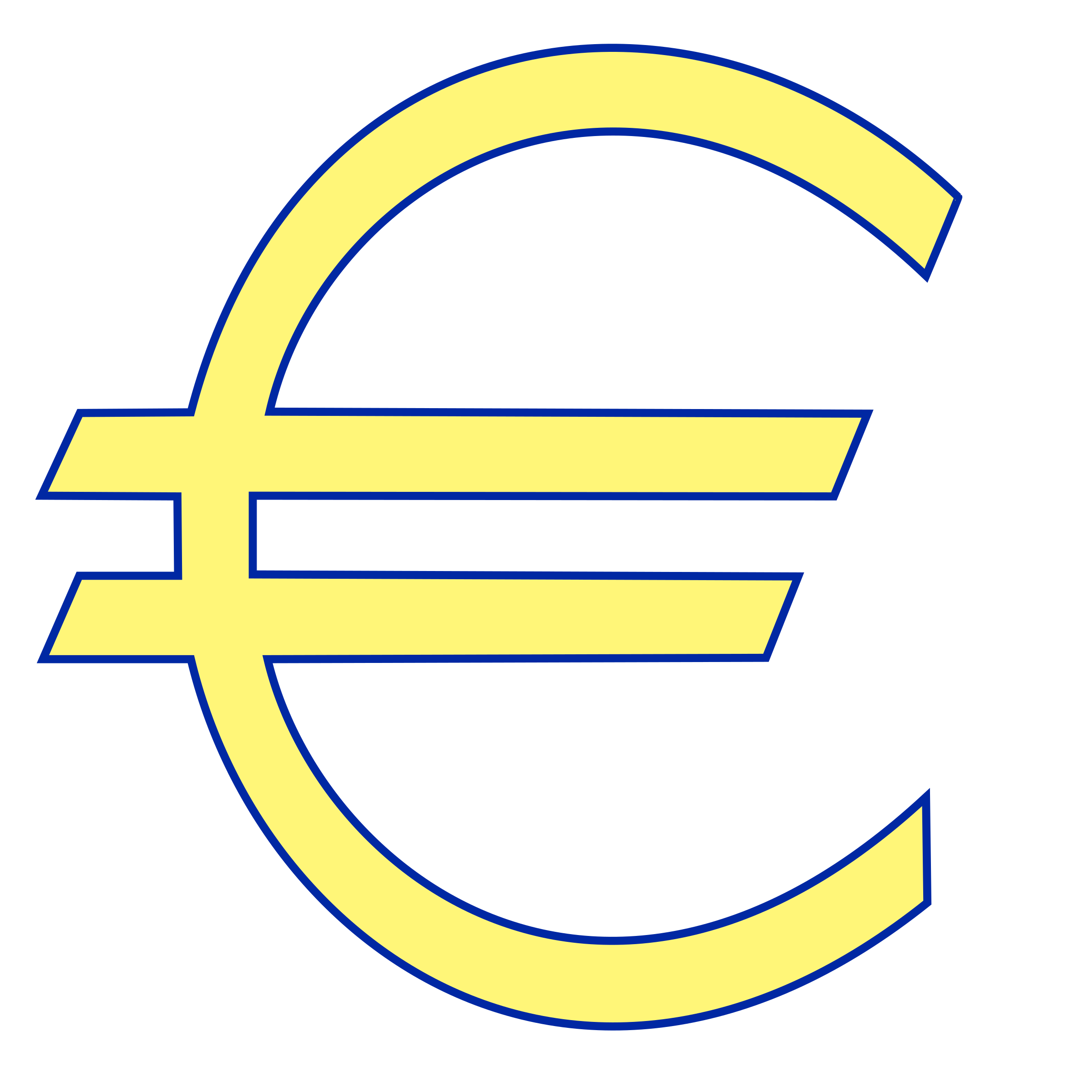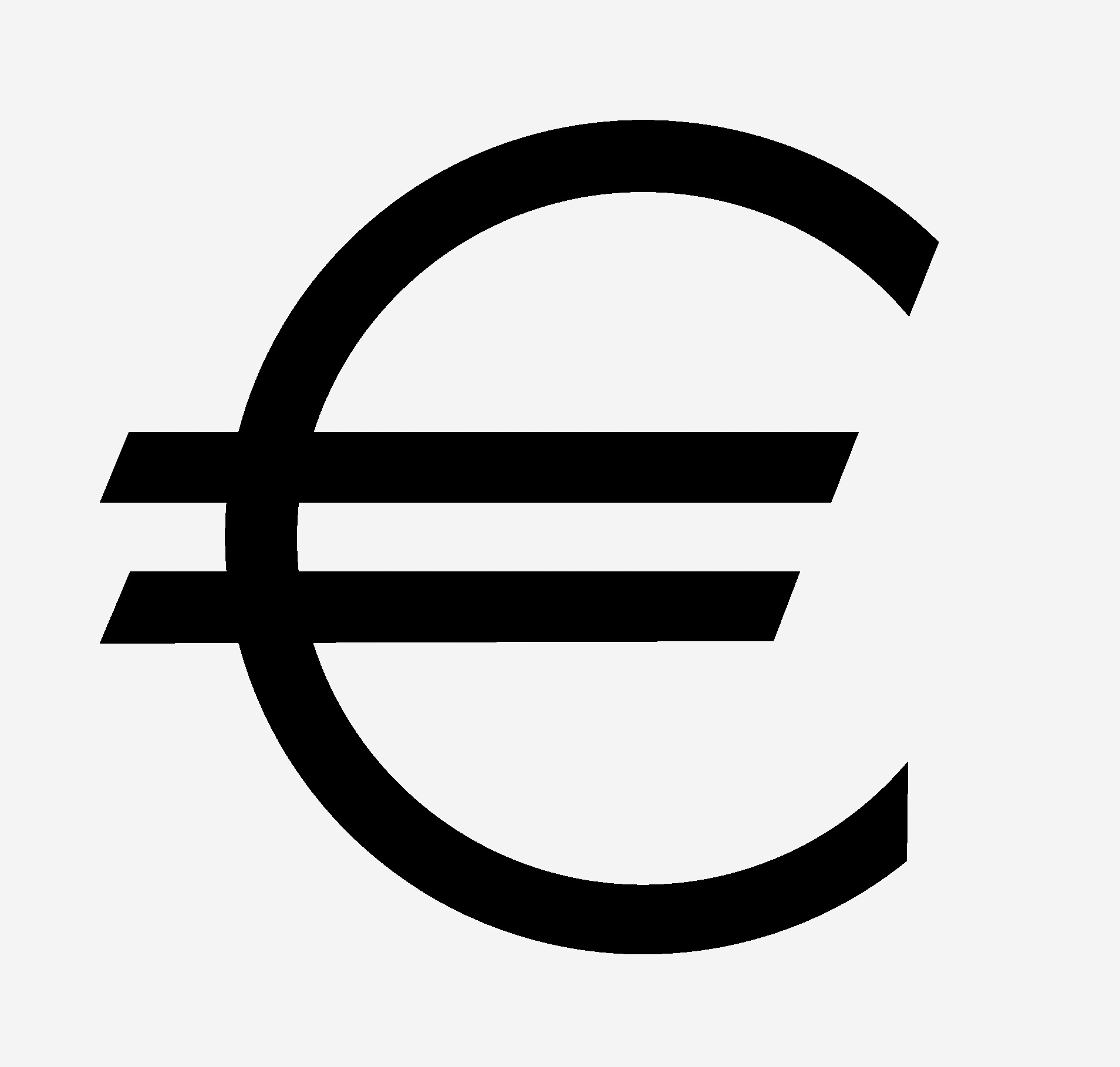Let’s talk about the symbol of euro money, folks! You’ve probably seen it everywhere—on price tags, digital transactions, and even in headlines about European economies. But have you ever stopped to think about what it really represents? The euro symbol (€) is more than just a sign; it’s a powerful emblem of unity, stability, and progress. In this article, we’ll break it down for you—what it means, how it came to be, and why it matters to you.
Now, you might be thinking, “Why should I care about a currency symbol?” Well, buckle up, because understanding the euro symbol goes beyond finance. It’s tied to history, culture, and the global economy. Whether you’re a traveler, an investor, or just someone curious about the world, knowing what the euro symbol stands for can give you insights into how money shapes our lives.
So, let’s get into it. We’ll explore everything from the origins of the euro symbol to its role in modern-day transactions. By the end of this, you’ll have a deeper appreciation for why the € isn’t just a mark—it’s a statement. Let’s dive in!
Read also:Best Remote Access Iot Device Ssh Free Your Ultimate Guide
Table of Contents
- The Fascinating History Behind the Euro Symbol
- How the Euro Symbol Was Designed
- What Does the Euro Symbol Represent?
- How Is the Euro Symbol Used in Everyday Life?
- The Euro Symbol’s Role in the Global Economy
- Traveling with Euros: Tips and Tricks
- Comparing the Euro to Other Currency Symbols
- The Future of the Euro Symbol
- Fun Facts About the Euro Symbol
- Wrapping Up: Why the Euro Symbol Matters
The Fascinating History Behind the Euro Symbol
Alright, here’s the backstory. The euro symbol wasn’t born overnight. It’s the result of years of planning, discussions, and brainstorming among European leaders. Back in the 1990s, the European Union was working on creating a single currency to strengthen economic ties between member countries. And when they finally launched the euro in 1999, they needed something iconic to represent it.
The process was no walk in the park. There were dozens of proposals, designs, and ideas floating around. But in the end, one design stood out. It was simple, elegant, and packed with meaning. That’s how the € became the official symbol of euro money. So, the next time you see it, remember that it’s not just a random mark—it’s a piece of history.
Who Created the Euro Symbol?
Now, let’s talk about the brains behind the symbol. The € was designed by a Belgian artist named Alain Billiet. He took inspiration from the Greek letter epsilon (ϵ), which symbolizes Europe’s heritage, and combined it with two parallel lines to represent stability. Genius, right? This design quickly won over the judges, and the rest is history.
How the Euro Symbol Was Designed
Designing a currency symbol isn’t as easy as it sounds. You’ve got to balance aesthetics with functionality. The € had to be visually appealing while also being easy to recognize and type. And let me tell you, Billiet nailed it.
- The “E” shape pays homage to Europe’s roots.
- The parallel lines signify stability and security.
- It’s designed to work seamlessly across different languages and alphabets.
What’s even cooler is that the symbol is now part of the Unicode standard, meaning it’s supported by virtually every computer and smartphone in the world. Talk about universal appeal!
What Does the Euro Symbol Represent?
Let’s dig into the deeper meaning of the €. On the surface, it’s a currency symbol. But scratch beneath that, and you’ll find layers of significance. For starters, it represents unity. The euro is used by 19 countries in the Eurozone, and the symbol serves as a reminder of their shared goals and values.
Read also:Are Gore Websites Illegal
It also embodies progress. By adopting the euro, these nations committed to fostering economic growth and cooperation. And let’s not forget stability. Those parallel lines aren’t just for show—they’re a visual cue that the euro is built on solid foundations.
Why the Euro Symbol Matters to You
Whether you live in Europe or halfway across the globe, the € affects you in ways you might not realize. For travelers, it simplifies currency exchanges. For investors, it provides a stable market. And for businesses, it opens up opportunities in one of the world’s largest economies.
How Is the Euro Symbol Used in Everyday Life?
Okay, so you know what the € means, but how does it show up in real life? Let’s break it down. The euro symbol is everywhere—from ATM screens to online shopping carts. It’s even integrated into apps like PayPal and Venmo, making digital transactions a breeze.
But here’s the kicker: the placement of the € matters. In most European countries, it goes before the number (e.g., €50). But in some places, especially in English-speaking countries, it comes after (e.g., 50€). Confusing? A little. But once you get the hang of it, you’ll be good to go.
Tips for Using the Euro Symbol Correctly
- Always use the official € symbol, not a generic “E”.
- Follow local conventions when writing amounts.
- Double-check your placement to avoid confusion.
The Euro Symbol’s Role in the Global Economy
Let’s talk big picture. The euro symbol doesn’t just represent money—it’s a key player in the global economy. As the second most traded currency in the world (after the US dollar), the € has a massive impact on international trade, finance, and politics.
For businesses, the euro offers stability and predictability. For governments, it’s a tool for fostering cooperation and growth. And for everyday people, it’s a way to participate in a connected, global marketplace.
Challenges Facing the Euro Symbol
Of course, no currency is perfect. The euro has faced its share of challenges, from financial crises to political debates. But despite these hurdles, the € remains a symbol of resilience. It’s a reminder that even in tough times, unity and collaboration can lead to success.
Traveling with Euros: Tips and Tricks
Planning a trip to Europe? Then you’ll definitely encounter the euro symbol. Here are a few tips to make your experience smoother:
- Exchange your currency before you go to avoid high fees.
- Download apps that help you track exchange rates.
- Learn local customs for tipping and payments.
And remember, when you see the €, think of it as a passport to a world of possibilities. Whether you’re sipping coffee in Paris or hiking through the Alps, the euro symbol is your gateway to adventure.
Comparing the Euro to Other Currency Symbols
Let’s shift gears for a moment and compare the € to other currency symbols. You’ve got the dollar sign ($), the yen (¥), and the pound (£), just to name a few. Each one has its own unique design and meaning. But what sets the € apart?
For starters, it’s modern. Unlike older symbols like the £, which dates back centuries, the € feels fresh and forward-thinking. Plus, its design is versatile, working well in both digital and print formats.
Why the Euro Symbol Stands Out
Here’s the thing: the € isn’t just another currency symbol. It’s a statement. It says, “We’re united. We’re innovative. We’re here to stay.” And in a world where currencies come and go, that’s a powerful message.
The Future of the Euro Symbol
So, what’s next for the €? With advancements in technology and changes in the global economy, the future looks bright. Digital currencies, blockchain, and other innovations could shape how we use and perceive the euro symbol. But one thing’s for sure: the € will continue to be a force to be reckoned with.
Whether it evolves into a fully digital currency or remains a physical one, the euro symbol will always represent the values of unity, progress, and stability. And that’s something worth celebrating.
Fun Facts About the Euro Symbol
Before we wrap up, here are a few fun facts about the €:
- The € was officially introduced on January 1, 1999.
- It’s the official currency of 19 EU member states.
- The € symbol is used in over 340 million transactions daily.
- It’s supported by virtually every device and platform worldwide.
Who knew a little symbol could pack so much punch? Now you do!
Wrapping Up: Why the Euro Symbol Matters
There you have it, folks. The euro symbol isn’t just a mark—it’s a powerful representation of unity, progress, and stability. From its origins in the 1990s to its role in today’s global economy, the € has left an indelible mark on the world.
So, the next time you see it, take a moment to appreciate what it stands for. And if you’ve learned something new today, why not share this article with a friend? Or better yet, leave a comment and let us know what you think. After all, the more we understand about the world, the better equipped we are to navigate it.
Thanks for reading, and until next time—stay curious!


